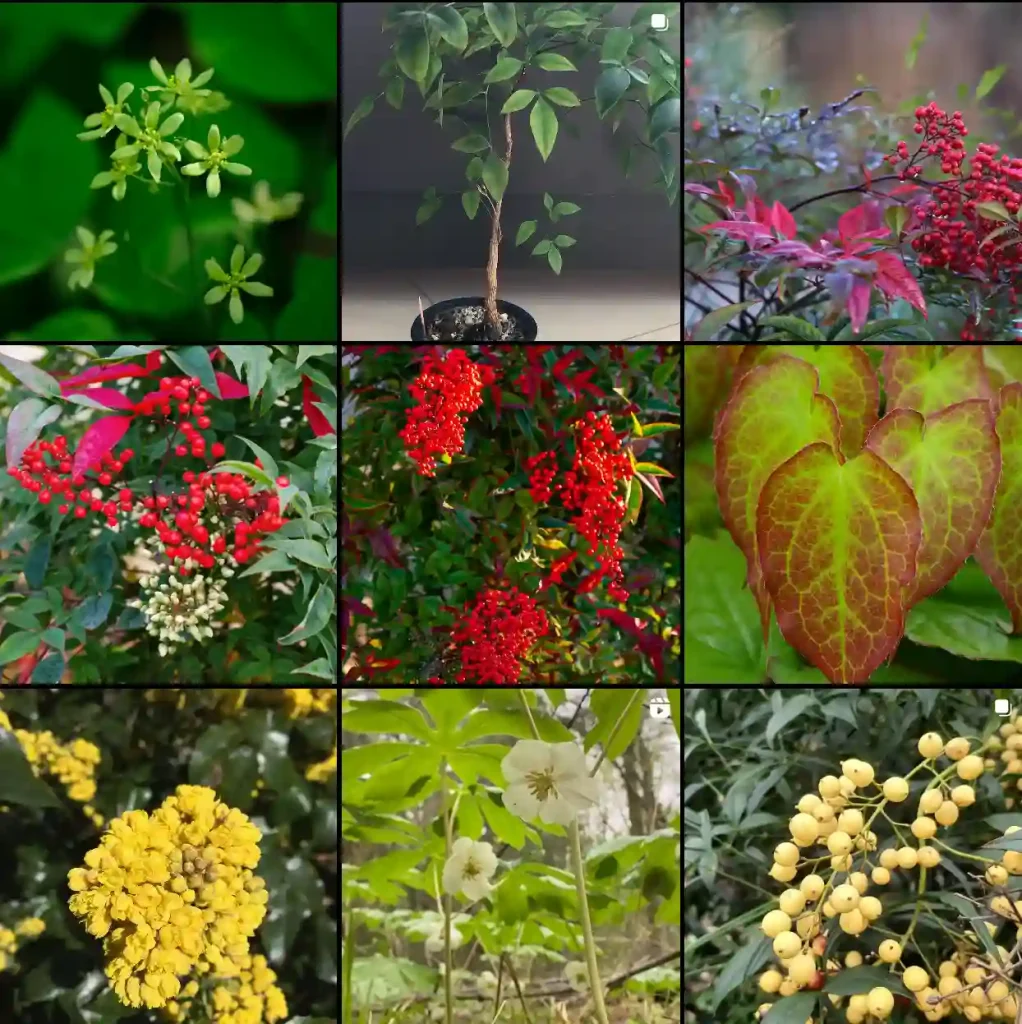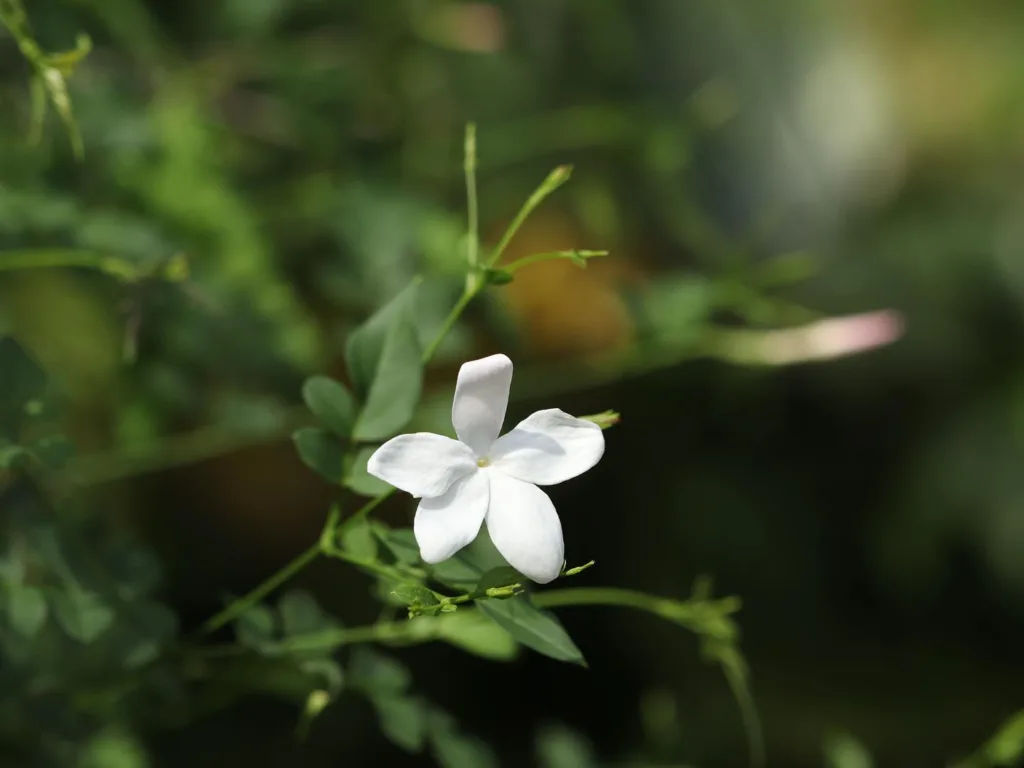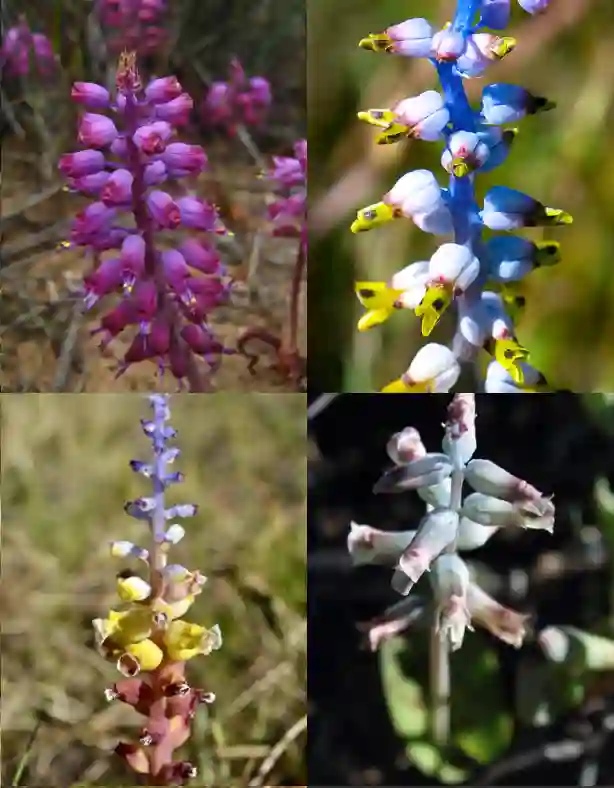Exploring the Stilbaceae Family: A Personal Journey
As a plant enthusiast, I’ve always been fascinated by the diversity of plant families and their unique characteristics. One such family that has captured my interest is the Stilbaceae. Comprising a range of genera, this family showcases a variety of plants that are both beautiful and intriguing. In this article, I will share my insights into the genera within the Stilbaceae family.
A Glimpse into the Stilbaceae Family
The Stilbaceae family is primarily found in southern Africa, particularly in regions with diverse ecosystems. What fascinates me the most about this family is its adaptability. From rocky outcrops to lush forests, the plants within this family thrive in various habitats, showcasing nature’s resilience.
Genera Breakdown
Anastrabe
Anastrabe is a genus that includes some intriguing species. I’ve come across Anastrabe integerrima, known for its striking appearance and beautiful flowers. This plant typically prefers rocky habitats, making it an excellent choice for gardeners looking to add a unique element to their landscape.
Bowkeria
Then there’s Bowkeria, which consists of evergreen shrubs or small trees. I particularly enjoy the lush foliage and the vibrant flowers that these plants produce. The species Bowkeria densifolia is a standout, often attracting birds and butterflies, which adds life to any garden.
Campylostachys
Campylostachys is another genus that piques my interest. This group tends to have unique inflorescences that catch the eye. I’ve had a chance to see Campylostachys paniculata in bloom, and the intricate flower structure is simply mesmerizing.
Charadrophila
Moving on to Charadrophila, this genus includes plants that often grow in more humid conditions. The glossy leaves and delicate flowers make them a wonderful addition to any collection. I appreciate how Charadrophila obovata can adapt to various soil types, making it a resilient choice for gardeners.
Euthystachys
The genus Euthystachys is known for its distinctive growth patterns. I’ve had the pleasure of observing Euthystachys macrantha, with its tall spikes of flowers that provide a stunning vertical element in the garden. This plant has a knack for attracting pollinators, which is always a plus in my book.
Halleria
Halleria is particularly notable for its ornamental value. I often find myself drawn to Halleria lucida, known for its tubular flowers that can brighten up any landscape. This plant not only looks great but is also known for its medicinal properties, adding to its allure.
Ixianthes
With Ixianthes, I’ve discovered a genus that thrives in sandy soils. The species Ixianthes reticulata is particularly stunning, showcasing vibrant blooms that can last for weeks. I love incorporating this plant into my garden for its resilience and beautiful flowers.
Kogelbergia
Kogelbergia represents another fascinating aspect of the Stilbaceae family. The plants here are often adapted to the mountainous regions, with species like Kogelbergia spectabilis showcasing a stunning array of colors. I admire their ability to thrive in such challenging environments.
Nuxia
Nuxia, known for its tree-like structure, offers a sense of grandeur in the garden. I appreciate the shade provided by Nuxia floribunda, especially during hot summer days. Its fragrant flowers attract a variety of pollinators, making it a focal point in any landscape.
Retzia
Moving on to Retzia, I find these plants particularly interesting for their unique adaptations to specific ecosystems. Retzia capensis is a species I’ve encountered that exhibits a charming blend of colors, adding a visual treat to my garden.
Stilbe
The genus Stilbe features plants that often have lush foliage. I particularly admire Stilbe pulchella, with its attractive leaves and delicate flowers. This genus is excellent for adding texture to garden beds.
Thesmophora
Lastly, Thesmophora captivates me with its elegant appearance. The species Thesmophora lanceolata has proven to be an eye-catching addition to my collection, with its slender leaves and graceful blooms.
Conclusion: The Beauty of Diversity
In exploring the Stilbaceae family, I’ve come to appreciate not just the beauty of these plants but also their remarkable adaptability. Each genus within this family tells a story of resilience, showcasing nature’s ability to thrive in various environments. Whether you’re a gardener or a plant enthusiast, delving into the world of Stilbaceae can offer endless inspiration and joy.
As I continue my journey through the plant kingdom, I look forward to discovering more about these fascinating genera. Their beauty, adaptability, and the role they play in their ecosystems make them worthy of admiration and study. I encourage fellow plant lovers to explore the Stilbaceae family and experience the wonders it holds.
If i die, water my plants!



